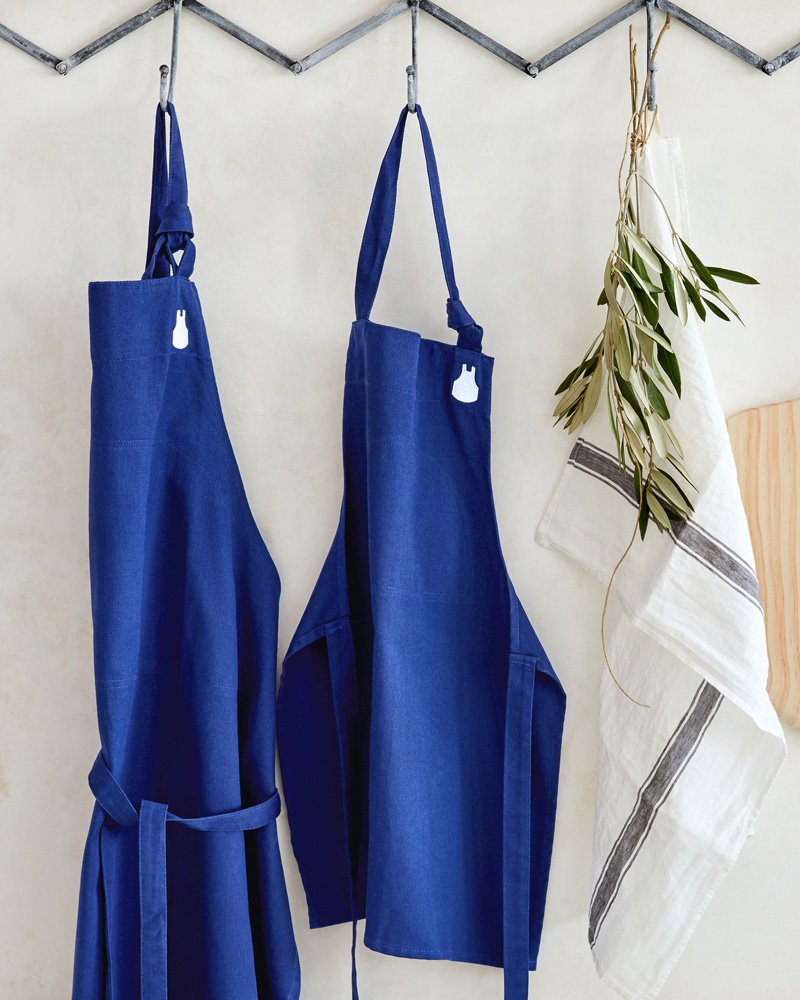Blue Apron vs. Amazon Meal Kits: Which should you use?
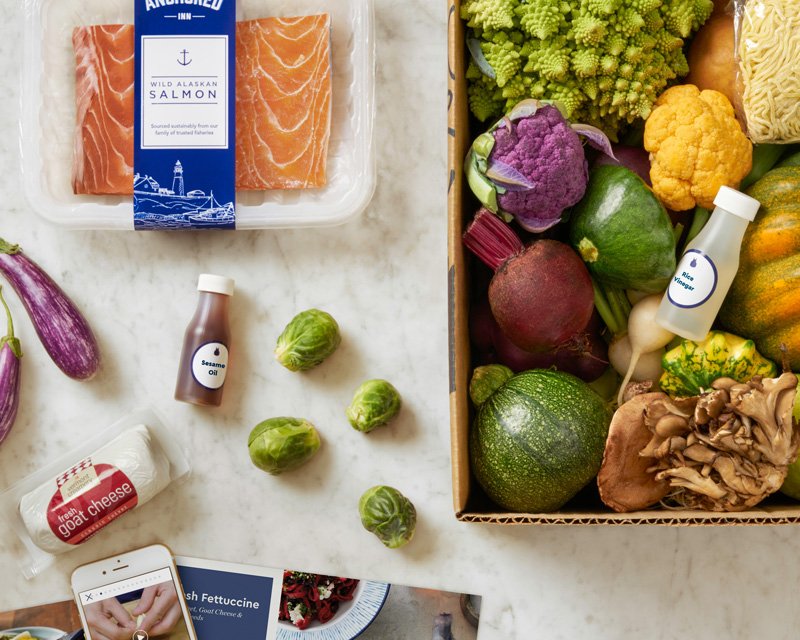
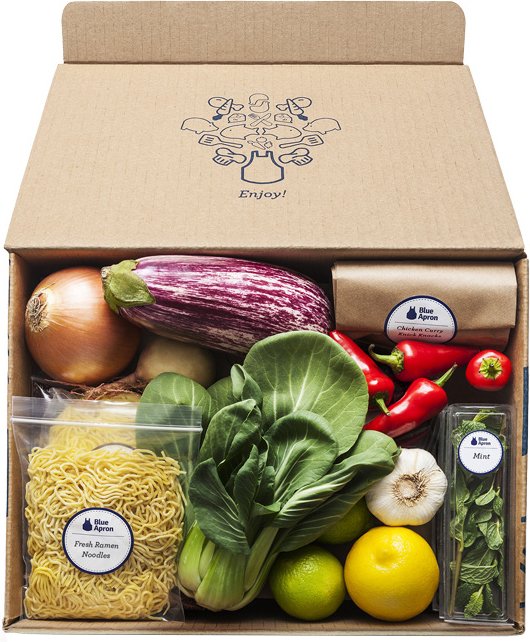
Meal Kit Champ
Blue Apron is the OG meal kit service, and it still delivers the most interesting and challenging recipes. You get more whole ingredients and the ability to do more prep, which means food tastes fresh and homemade.
Pros
- Interesting recipe variety
- Fewer pre-cooked ingredients
- Easy to stretch and adapt
Cons
- Recipes aren't simple
- Food can be spicy
- Less organized, more work
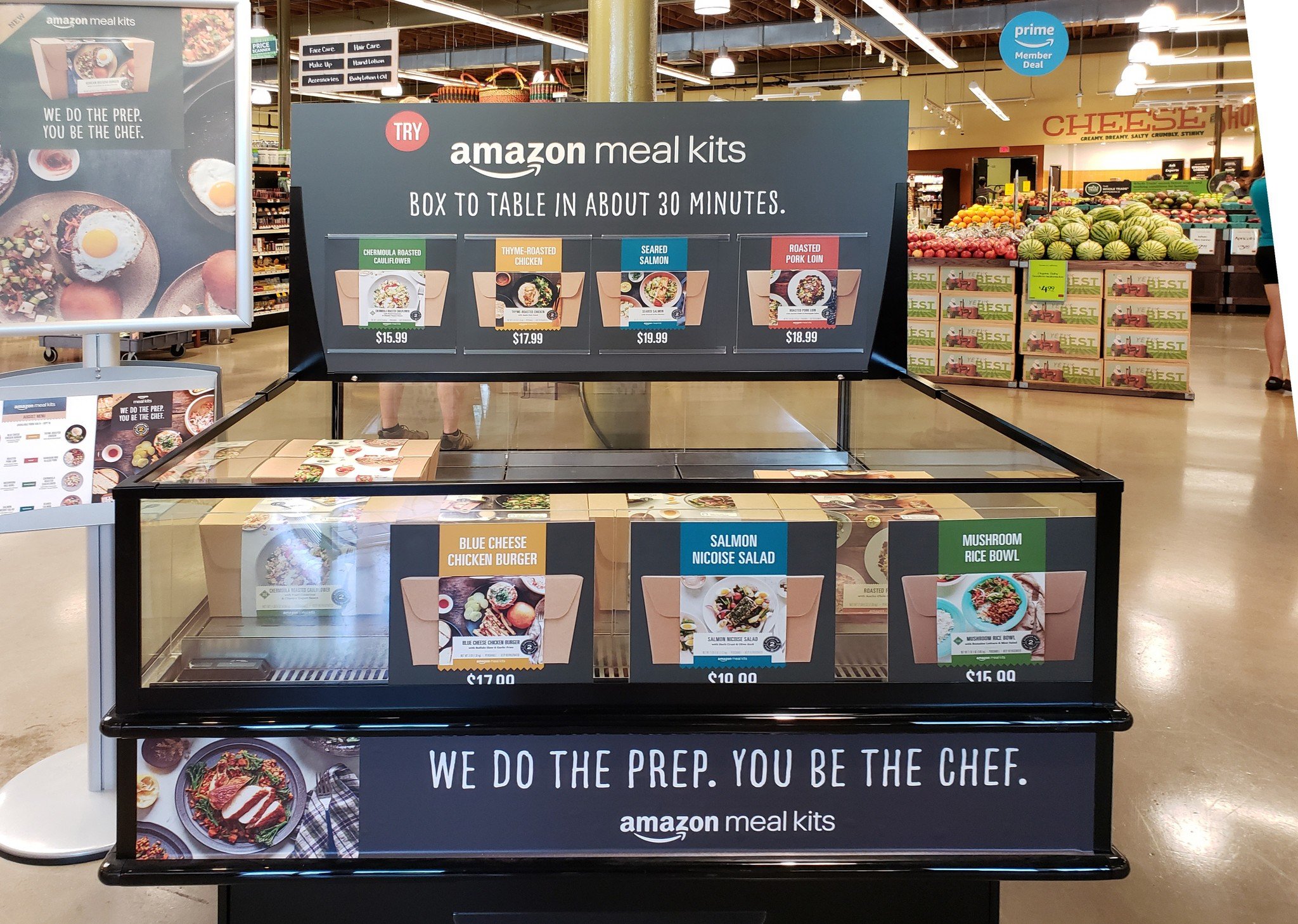
Kits At Whole Foods
Amazon Meal Kits are sold at Whole Foods, but they don't resemble the store around them. They're a fine all-in-one option, and some extra ingredients can stretch the meals nicely, but they can't compete with high-quality meal kit recipes or buying your own Whole Foods produce.
Pros
- Available at Whole Foods or on Amazon
- Easy to prepare
- Simple flavors satisfy
Cons
- Not Whole Foods quality
- Recipes are unbalanced
When meal kit services like Blue Apron and Hello Fresh hit the scene years ago, it seemed only a matter of time before chain grocery stores got involved and offered competing convenience from the produce aisle. Unfortunately, few stores have taken to the trend, and shops like Whole Foods that flaunt its produce and fine ingredients have remained notably absent.
When Amazon, Whole Foods' parent company, started offering out its normally-mail-order meal kits in select Whole Foods stores, I was excited to try the new boxes, but they left me disappointed and hungry for higher quality. I have been using meal kits for years, and I was an early subscriber to Blue Apron, though I've switched among other services for the past year or so. While I like the convenience of delivery, I travel frequently and I wanted more flexibility in my timing, so having a pick-up option at the store would have been ideal. Instead I've gone back to being a Blue Apron regular.
Why buy a meal kit?
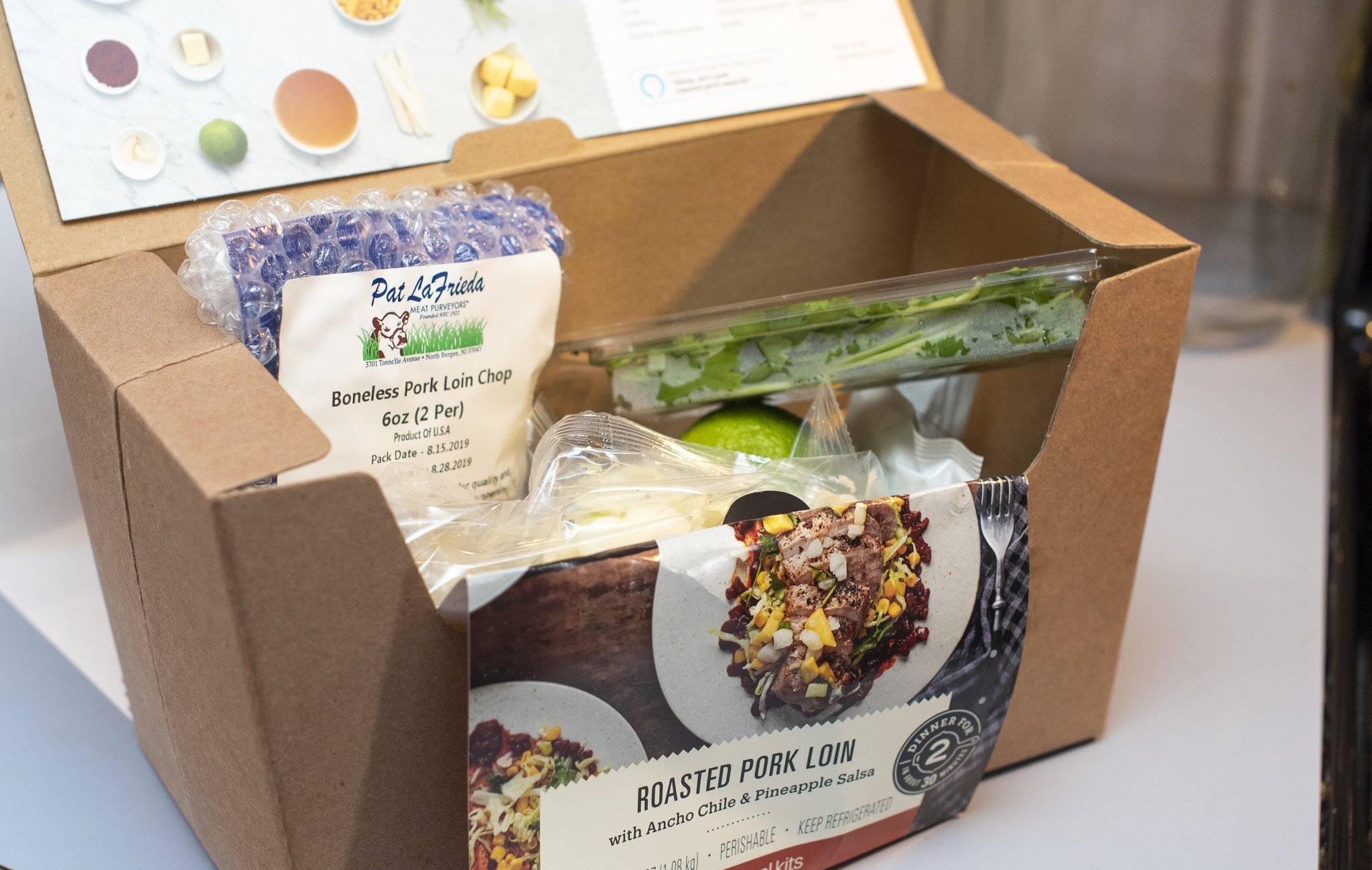
A meal kit is convenient because it gathers all of the ingredients for a recipe in one place. Ideally it also gives you proper portions, so you don't waste food. The price can be higher than bulk shopping, around $10 per meal, but you don't have to buy a whole head of cabbage or invest in more mayonnaise and red wine vinegar than you'll use in a year. All meal kits check these boxes, but the real reason you buy a kit is because you want to cook a meal yourself instead of buying something pre-made.
Therefore, the question is how much cooking you actually want to do? Do you want to toss ingredients into a hot pan and stir? Do you want to chop? You can avoid a lot of work with the Amazon meal kit, which comes with all of these items chopped, peeled, pre-baked, and ready to use.
| Header Cell - Column 0 | Blue Apron | Amazon Meal Kits |
|---|---|---|
| Price per serving | $10 | $8 - $10 |
| Recipes per week | 8 | 8 |
| Specialties | Vegetarian, WW | Meat, Fish, Vegetables |
| Low-Calorie? | Yes | Not really |
| Available in stores? | No | Yes |
| Available delivered? | Yes | Yes |
| Available individually? | No | Yes |
Personally, I draw the line at pre-chopped veggies. Chopped onions sweat and lose pungency in a bag. Sliced cabbage turns brown before I turn it into slaw. I also want more garlic than most, so a couple peeled cloves isn't going to cut it for me.
Then there's sauce. I'll mix mayo with sriracha myself, thank you very much. Getting those ingredients from a squeeze pouch makes cooking feel more like applying condiments, and I come to cook. I prefer the Blue Apron box because it asks me to do more work, and in return I get fresher ingredients and food that tastes homemade, not pre-packaged.
Comparing the menus
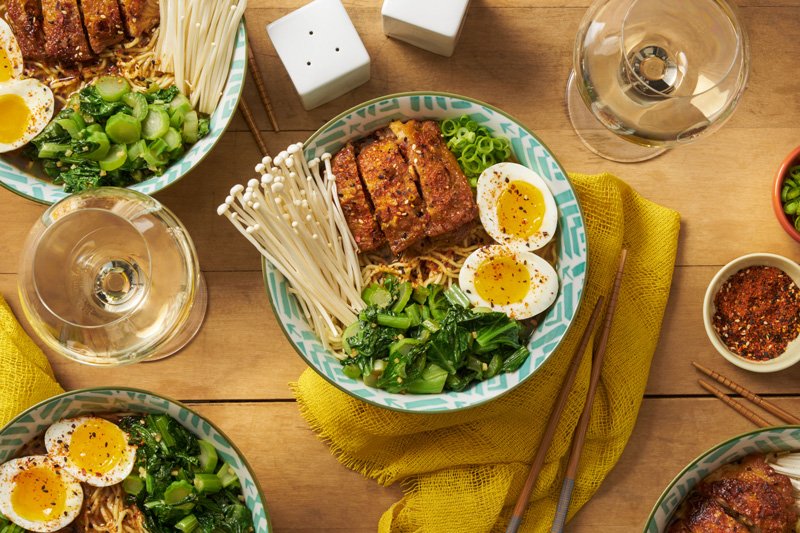
Blue Apron offers interesting recipes, and even though I was an experienced home cook before I started subscribing, I learned new techniques and became comfortable with dishes I never attempted before. For instance, Blue Apron offers regular pizza and calzone recipes, and I had never worked with raw pizza dough at home. Now I seek out those recipes and make sure to select them. They are also easiest to augment with a few extra toppings from whatever I already have in the fridge.
iMore offers spot-on advice and guidance from our team of experts, with decades of Apple device experience to lean on. Learn more with iMore!
The Amazon Meal Kit recipes tended to be more one-dimensional. There didn't seem to be enough vegetables or sides included to round out a satisfying family dinner. Many recipes were constructed more like fast takeout than home cooking. There is a regular selection of grain bowls and chili-type stews, so it would be possible to stretch and add your own ingredients. I also recommend picking up a veg option from the cold case while you're at Whole Foods if you opt for an Amazon box.
Blue Apron works with Weight Watchers (WW) to offer a full menu that is scored for the WW points system. Other Blue Apron recipes can be a bit frivolous on calorie counts, but if you want to watch your input the option is available. The Amazon meal kits at Whole Foods also cover a range of calorie options. You can find fish recipes that are reasonable, though not low-calorie. If you go for a buffalo chicken burger with a side of fries, it delivers exactly the nutrition you expect. If you're keeping your dinner calories low, the Blue Apron WW option is more reliable.
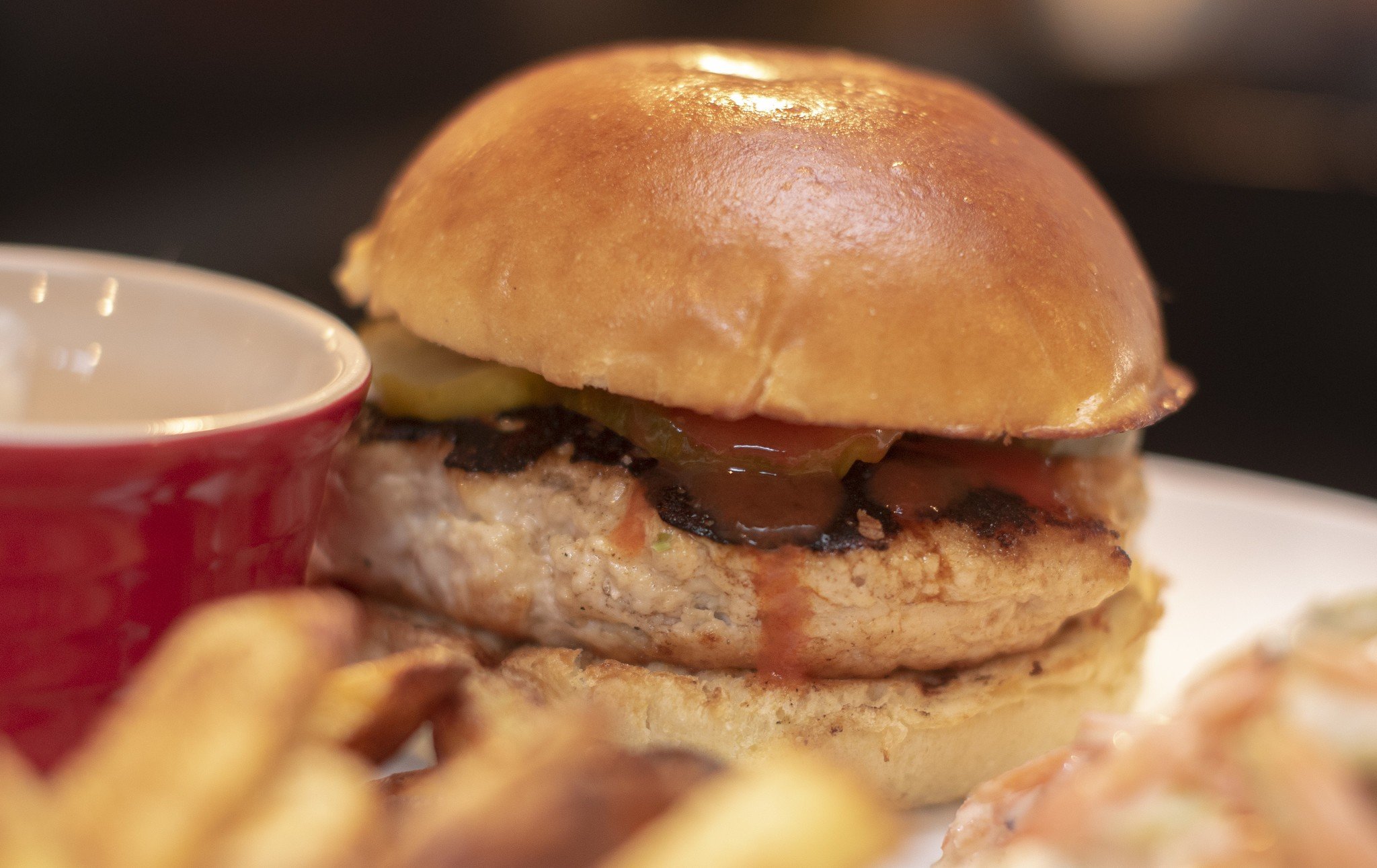
If the Amazon Meal Kits relied on Whole Foods-quality ingredients — or, even better, if they were assembled locally in the Whole Foods store in which they were sold — they would be much easier to recommend, even with the questionable recipes and nutrition priorities. Unfortunately, without even fresh produce, the Amazon Meal Kits are only good as a last-minute option.
Blue Apron, on the other hand, has all the drawbacks of an old-school meal kit service. You need to buy three meals at once, at least. You need to choose them a week in advance, and if you go away at the last minute, you are stuck with a box of fresh food sitting in front of your house. The boxes are less organized and you need to do more work. In the end, you get much better food, you learn better techniques, and the extra bit of effort is far outweighed by the benefit.
If you need more flexibility or if you travel frequently, Blue Apron and other meal kit delivery services are simply not going to work for your needs, so the Amazon Meal Kit may be your fastest option for home cooking. The food is satisfying and there is much to like. Still, the kit wouldn't be my first choice unless circumstances require it.
